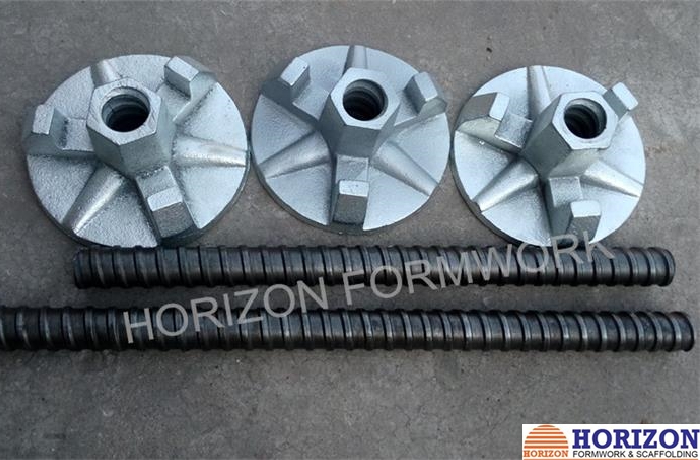अक्टूबर . 08, 2024 08:17 Back to list
Innovative Solutions for Efficient Column Formwork Design and Construction
Understanding Column Formwork An Essential Component in Modern Construction
Column formwork plays a crucial role in the construction industry, serving as the temporary mold that allows concrete to take shape during the curing process. It is essential for creating vertical structures such as columns, which are key load-bearing elements in buildings, bridges, and various infrastructure projects. This article explores the significance, types, advantages, and considerations of column formwork, shedding light on its impact on modern construction practices.
At its core, column formwork is designed to hold the wet concrete in place until it solidifies and gains sufficient strength to support structural loads. This process is vital because concrete, despite its durability and strength once cured, is initially weak and needs support to ensure proper setting. The formwork provides this support and shapes the concrete into specific dimensions and designs stipulated by architectural plans.
There are several types of column formwork available, each with its unique features suited for different construction requirements
. Traditional timber formwork is widely used due to its availability and ease of handling. However, it is labor-intensive and can lead to inconsistencies in finishing. Conversely, modern materials such as steel, aluminum, and prefabricated systems offer durability, reusability, and precision. These materials allow for faster installation and removal, reducing labor costs and project timelines.column formwork

One of the significant advantages of using column formwork is the enhancement of structural integrity and safety. Properly designed and installed formwork ensures that the concrete sets uniformly, reducing the risk of cracks and failures in the completed structure. Moreover, modern formwork systems are engineered to accommodate various load conditions and can be adjusted to fit different column sizes and shapes, offering versatility in design.
Cost-effectiveness is another benefit. While the initial investment for advanced formwork systems may be higher, the long-term savings from reduced labor, quicker construction times, and fewer materials wasted are invaluable. Additionally, with the growing emphasis on sustainability in construction, many manufacturers are focusing on creating eco-friendly formwork options that can be reused multiple times, further lowering environmental impact.
However, choosing the right column formwork involves several considerations. Factors such as site conditions, project scale, budget constraints, and the expected load on the columns must be evaluated. Proper planning and execution are paramount to ensure that the formwork can withstand the pressures of wet concrete and the potential stresses during the curing period.
In conclusion, column formwork is a fundamental aspect of contemporary construction that enhances the efficiency, safety, and structural integrity of buildings. Its variety and adaptability make it a vital tool in the hands of construction professionals. As the industry continues to evolve with new technologies and materials, the role of column formwork will undoubtedly be pivotal in shaping the future of construction.
-
Timber Beam H20: Premium Formwork & Shuttering Solutions
NewsAug.16,2025
-
Premium H20 Timber Beam for Formwork & Slab Shuttering
NewsAug.15,2025
-
China Single Sided Wall Formwork: Fast, Flexible Solutions
NewsAug.14,2025
-
Scaffolding Jacks: Durable Screw, U-Head, Swivel & Base Jacks
NewsAug.13,2025
-
Reliable China Single Sided Wall Formwork Manufacturer
NewsAug.12,2025
-
Formwork Wing Nut | Quality Tie Rod & Water Stop Supplier
NewsAug.11,2025